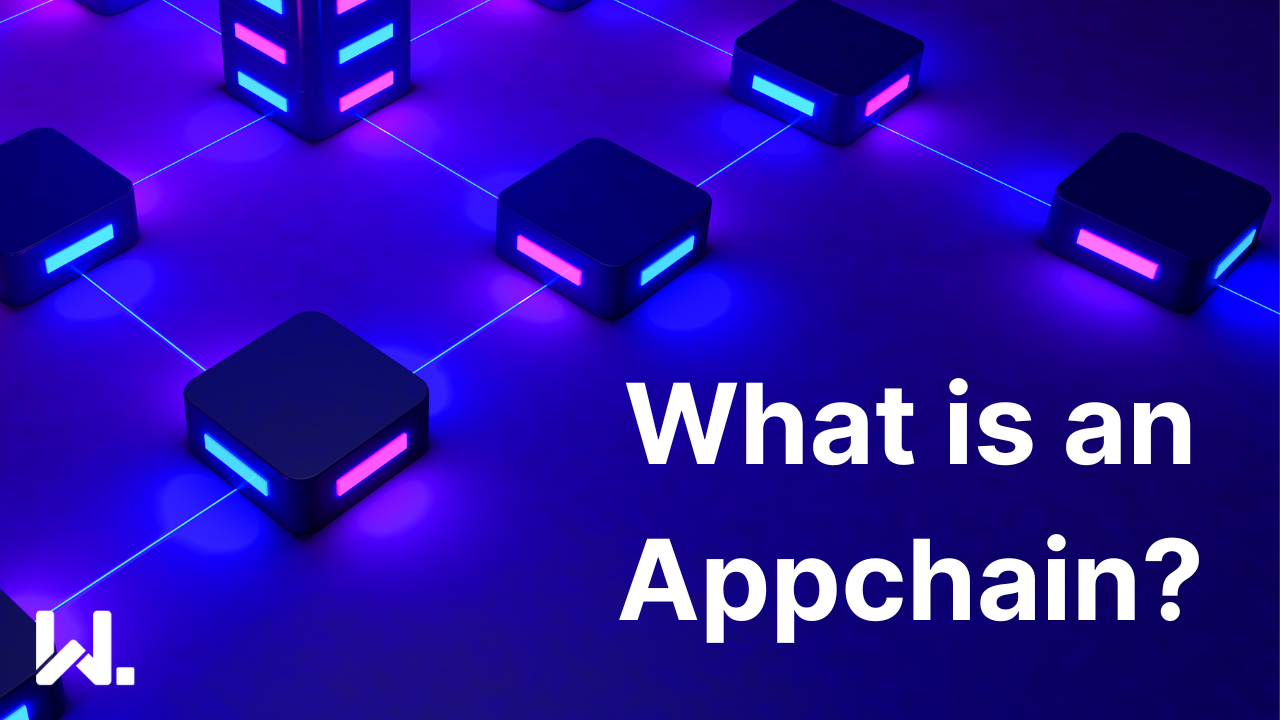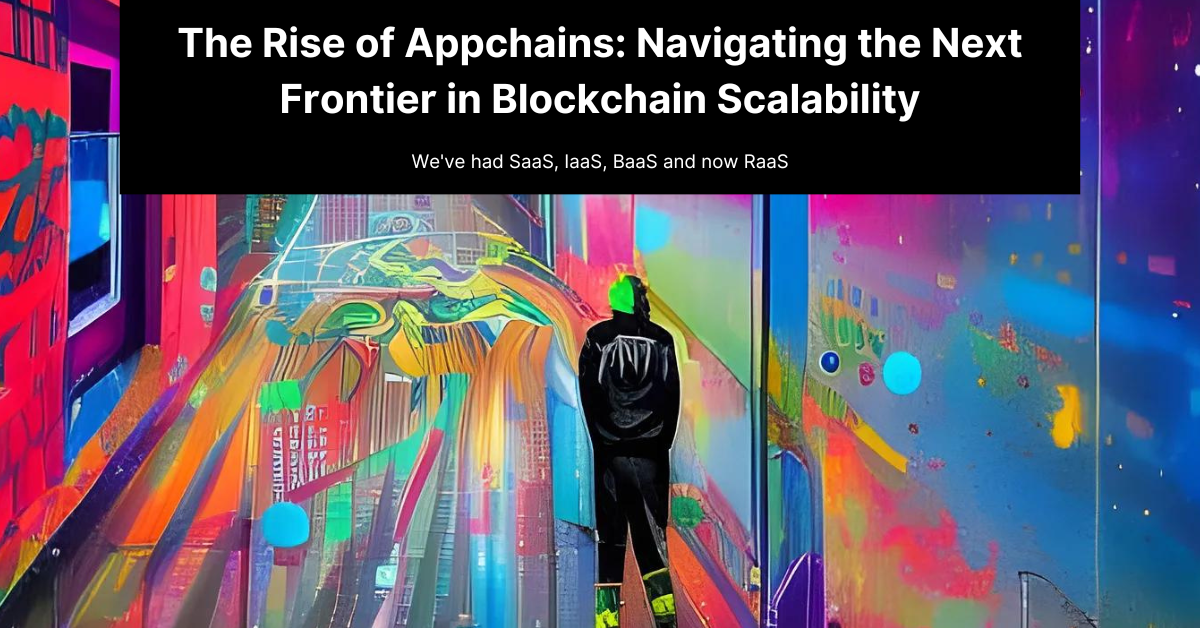What is an Appchain?
Application-specific blockchains (appchains) are blockchain-like networks that are created for a specific use case.
From the perspective of users, they are similar to any other blockchain network in that they are compatible with existing web3 tools and wallets.
Appchains can be public or private, but they rely on public blockchain networks for their security models. Transactions or proofs of transactions are submitted from an appchain to another network to record activity that has taken place on the appchain.
The networks that appchains send transactions to are often a layer 2 network, but they could be a layer one network such as the Ethereum mainnet.
The advantage of using an appchain instead of creating your own blockchain is that they inherit the security guarantees provided by the underlying network.
In sending transactional integrity data to a public blockchain, information about activity taking place on the appchain is available as long as the associated public network is.
This means that in the event that you lose the appchain, or someone tries to go back and change events that took place, the impact is manageable. You have a permanent record on the public network of what happened which they will not be able to effect.
This is how appchains inherit the underlying security model of the public network they use. If it is a layer 2 network, which itself inherits the security model of a layer one network.
Appchain Use Cases
As the name suggests, you should create an appchain when you have a specific use case that you want a blockchain network to be used for.
Unless you have a use case that requires the reach of an existing layer one or layer two network, you are better off creating an appchain.
They offer higher throughput and lower transaction costs than public networks.
Example Appchains
Appchains use layer 2 blockchain technologies such as rollups and zero knowledge proofs (ZKP).
There are a number of different appchain platforms, the most popular include:
-
Ethereum appchains, such as Polygon Supernets and Optimism Rollups.
-
Parachains on Polkadot using Substrate
-
Zones on Cosmos
-
Subnets on Avalanche
The Cosmos and Polkadot networks have the largest ecosystem of appchains at present. This in part is because layer 2 networks on Ethereum have evolved to help scale Ethereum. Whereas Cosmos and Polkadot were designed at inception to be multi-chain.
For specific examples of appchains, the following are helpful:
-
The Palm Network is an appchain for artists and creatives to create on-chain assets for their fans on Polygon
-
Base is officially a layer 2 rollup on Ethereum, but uses Optimism's OP Stack which could be considered a type of appchain
-
The Map of Zones for the Cosmos ecosystem provides a list of Cosmos zones
-
Likewise, Parachains.info provides a list of Parachains on Polkadot
Should You Use an Appchain?
Appchains are still in their infancy, but they will become increasingly more numerous due to the ease with which they can be deployed compared with stand-alone blockchain networks and the security guarantees they inherit.
As they need to be able to send groups of transactions or proofs of transactions to existing public blockchain networks, the operators need to be able to pay gas fees using cryptocurrencies for this service.
This may be problematic for organisations that cannot hold cryptocurrencies. However, there are vendors providing these services.
There are lots of competing networks and technologies that can be used to create them. There are a few preferred platforms currently, but this may well change in the coming years.
Hence it's important that you perform your own research and trial a few different technologies before committing to one.
Regardless of which platform you build on, you should ensure that it supports the Ethereum Virtual Machine (EVM) to simplify development and integration. In addition, you will need to interpret on-chain assets and normalise the underlying data using an explorer like the Chainlens Appchain Explorer.
The number of appchains is going to grow significantly in the coming years, due to the flexibility and ease of deployment that they offer. It's definitely worthwhile considering them now if you are planning to launch a new blockchain network or decentralised platform.
Chainlens, the appchain and blockchain explorer, is at the forefront of supporting numerous leading appchain platforms. With its innovative features and comprehensive support, Chainlens has become a go-to solution for businesses and developers looking to leverage the power of appchains. If you'd like to see Chainlens in action, simply book a product demo.





